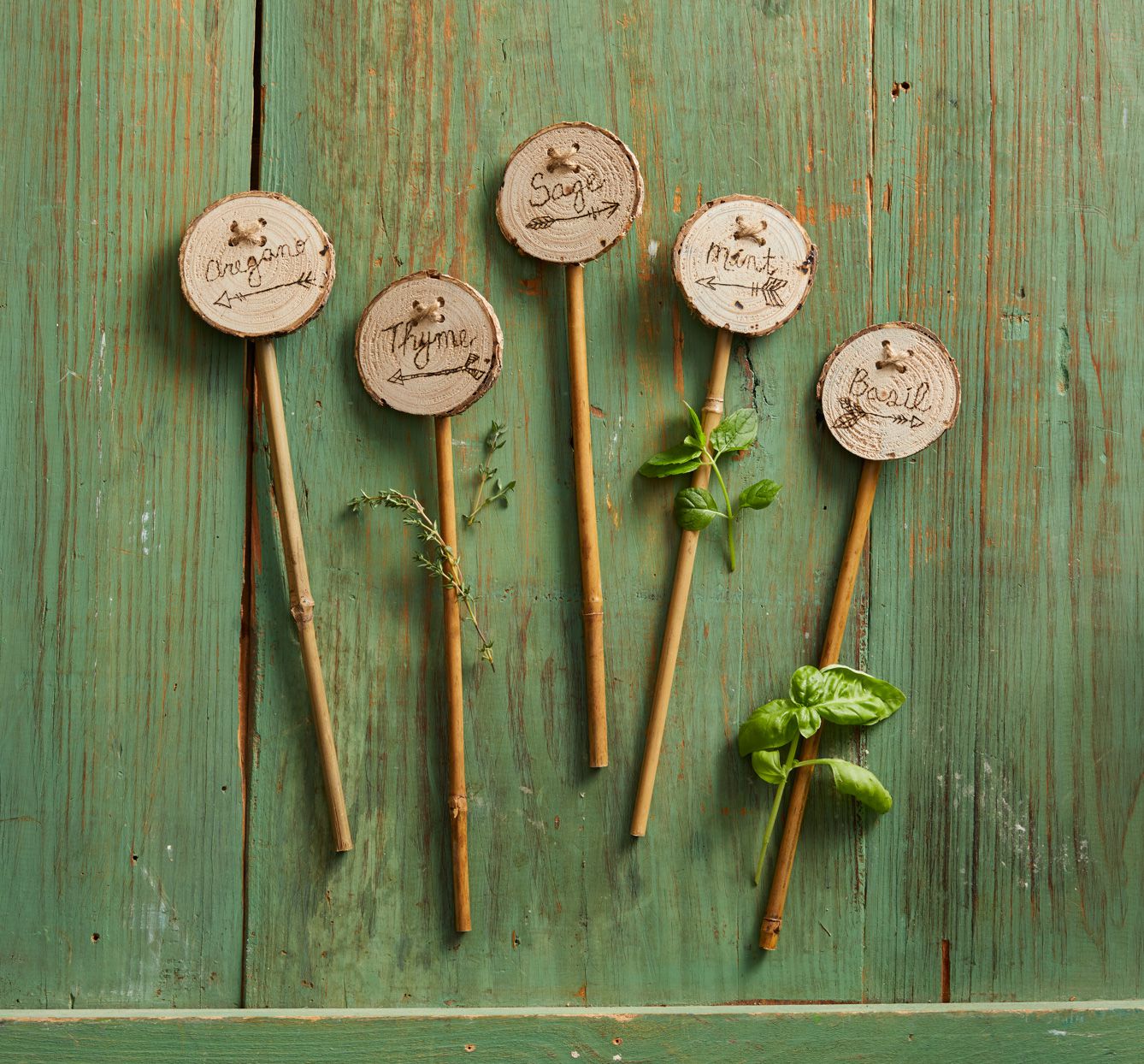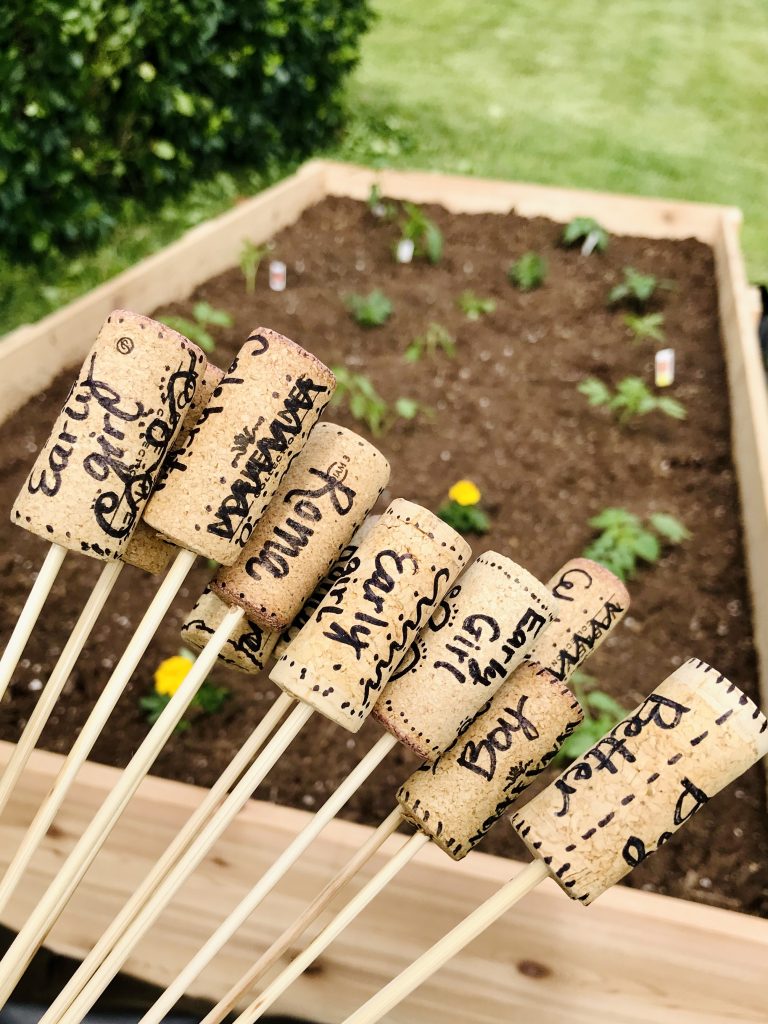


1. Introduction
A. Definition and purpose of plant markers
Plant markers are small tags or labels used to identify and provide information about individual plants in a garden, greenhouse, or nursery setting. They serve as a valuable tool for gardeners, horticulturists, and researchers, aiding in plant organization, record-keeping, and communication.
B. Significance of plant markers in gardening and horticulture
Plant markers play a crucial role in various aspects of gardening and horticulture:
-
Plant identification: Clearly labeling plants allows for easy identification of species, varieties, and cultivars, particularly in areas with diverse plantings or when dealing with a large number of plants.
-
Record-keeping and organization: Plant markers provide a convenient way to record and organize information about individual plants, including planting dates, care instructions, and any unique characteristics or observations.
-
Communication and sharing information: Plant markers facilitate communication among gardeners, horticulturists, and researchers, enabling the sharing of knowledge, experiences, and best practices.
C. Overview of the different types of plant markers
Plant markers come in a variety of forms, each with its own advantages and applications. The choice of marker depends on the specific needs and preferences of the user.
2. Classification of Plant Markers Based on Material
A. Plastic plant markers: Lightweight, durable, and affordable option
Plastic plant markers are a popular choice due to their lightweight, durable, and affordable nature. They are available in various shapes, sizes, and colors, making them versatile for a wide range of applications.
B. Wooden plant markers: Natural and aesthetically pleasing option
Wooden plant markers offer a natural and aesthetically pleasing alternative to plastic markers. They are often used in decorative gardens or for plants with a rustic or natural aesthetic.
C. Metal plant markers: Durable and resistant to harsh conditions
Metal plant markers are highly durable and resistant to harsh weather conditions, making them suitable for outdoor use in gardens or nurseries. They can be engraved or etched with permanent information.
D. Stone or ceramic plant markers: Elegant and long-lasting option
Stone or ceramic plant markers add an elegant and long-lasting touch to gardens. They are often used for labeling prized plants or creating a permanent record of plant information.
E. Biodegradable plant markers: Eco-friendly option for sustainable gardening
Biodegradable plant markers are made from environmentally friendly materials that break down naturally over time, reducing waste and promoting sustainability in gardening practices.

3. Classification of Plant Markers Based on Writing Surface
A. Blank plant markers: Customizable with permanent or temporary markers
Blank plant markers offer flexibility, allowing users to customize them with permanent or temporary markers. They are suitable for detailed information or temporary labeling.
B. Pre-printed plant markers: Printed with common plant names or labels
Pre-printed plant markers provide quick and easy identification of common plants. They are often used in nurseries or for basic labeling purposes.
C. Engraved or etched plant markers: Permanent and durable labeling
Engraved or etched plant markers offer permanent and durable labeling, particularly for metal or stone markers. They are ideal for labeling prized plants or creating a lasting record of plant information.
D. Write-on plant markers: Reusable and erasable for temporary labeling
Write-on plant markers have a writable surface that allows for temporary labeling. They are reusable and can be erased for re-use, making them suitable for tracking plant growth or identifying seedlings.
E. Digital plant markers: Utilizing QR codes or RFID tags for advanced information
Digital plant markers incorporate QR codes or RFID tags that link to online databases or store detailed plant information. They offer advanced tracking and data management capabilities.
4. Classification of Plant Markers Based on Style and Design
A. Traditional plant markers: Simple and functional labels
Traditional plant markers are simple and functional, typically consisting of a rectangular or oval shape with a labeled surface. They are widely used for basic plant identification and record-keeping.
B. Decorative plant markers: Adding a touch of style to gardens
Decorative plant markers add a touch of style and personality to gardens. They come in various shapes, designs, and colors, often incorporating natural elements or artistic motifs.
C. Humorous or whimsical plant markers: Adding a touch of fun to gardening
Humorous or whimsical plant markers inject a touch of fun and lightheartedness into gardening. They often feature playful phrases, puns, or quirky designs, adding a personal touch to plant labeling.
D. Themed plant markers: Coordinating with specific themes or styles
Themed plant markers can be coordinated with specific themes or styles, such as herb gardens, vegetable patches, or cottage gardens. They enhance the overall aesthetic of the garden and create a cohesive look.
E. Personalized plant markers: Adding a unique touch to plant labeling
Personalized plant markers allow for the addition of a unique touch to plant labeling. They can be customized with names, dates, or even small pictures, making them ideal for commemorating special occasions or highlighting specific plant characteristics.

5. Choosing the Right Plant Marker
Selecting the right plant marker depends on several factors:
-
Durability: Consider the environmental conditions in your garden. Plastic or metal markers offer good durability for outdoor use, while wooden markers might be better suited for sheltered areas.
-
Usability: Decide how much information you want to display. Blank markers offer flexibility, while pre-printed markers provide quick identification for common plants.
-
Aesthetics: Consider the overall look of your garden. Traditional markers are functional, while decorative markers can add a personal touch.
-
Cost: Plant markers range in price depending on material and features. Plastic markers are generally affordable, while engraved metal or stone markers can be more expensive.
-
Sustainability: If eco-friendliness is a priority, opt for biodegradable markers made from recycled materials.
6. Tips for Using Plant Markers Effectively
-
Use a permanent marker: Ensure the writing on your plant marker will withstand the elements, especially for outdoor applications.
-
Write legibly: Clear and concise writing makes it easy to identify plants at a glance.
-
Include relevant information: Consider including details like plant name, variety, planting date, or specific care instructions.
-
Attach markers securely: Use a sturdy method to attach markers to plants, such as wires or plant clips, to prevent them from falling off or blowing away.
-
Maintain your markers: Over time, markers can become faded or damaged. Regularly check and replace them as needed.
7. Conclusion
Plant markers are a simple yet valuable tool for any gardener. They help keep your garden organized, provide essential information about your plants, and even add a touch of personality. By understanding the different types of plant markers available and considering your specific needs, you can choose the best option to enhance your gardening experience and ensure the success of your plants. As technology advances, we may even see the emergence of even more innovative plant markers, offering real-time data and insights into plant health and growth. So, the next time you’re planting a seed or transplanting a seedling, don’t forget the power of a humble plant marker!